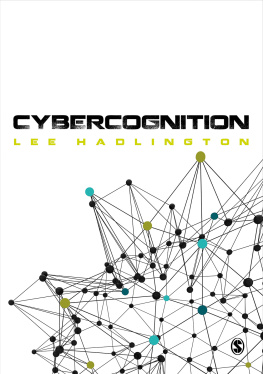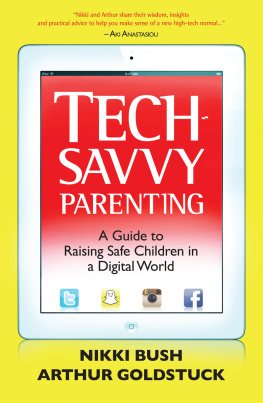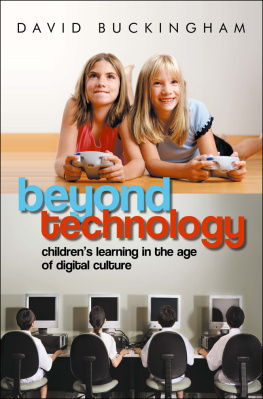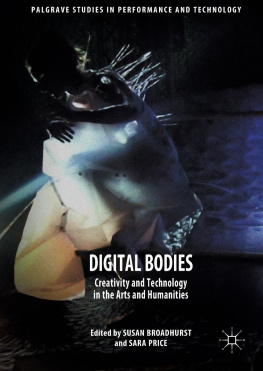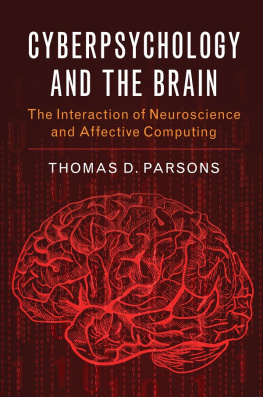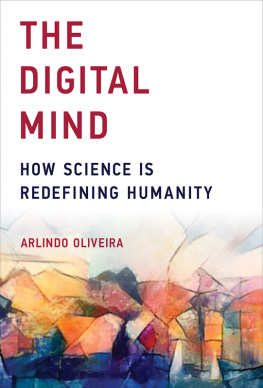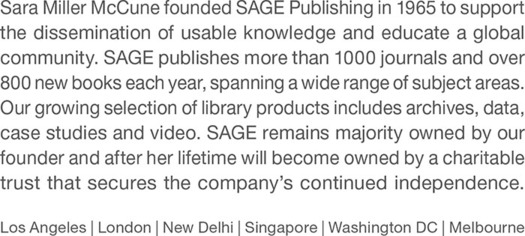SAGE Publications Ltd
1 Olivers Yard
55 City Road
London EC1Y 1SP
SAGE Publications Inc.
2455 Teller Road
Thousand Oaks, California 91320
SAGE Publications India Pvt Ltd
B 1/I 1 Mohan Cooperative Industrial Area
Mathura Road
New Delhi 110 044
SAGE Publications Asia-Pacific Pte Ltd
3 Church Street
#10-04 Samsung Hub
Singapore 049483
Lee Hadlington 2017
First published 2017
Apart from any fair dealing for the purposes of research orprivate study, or criticism or review, as permitted under the Copyright, Designs and Patents Act, 1988, this publication may be reproduced, stored or transmitted in any form, or by any means, only with the prior permission in writing of the publishers, or in the case of reprographic reproduction, in accordance with the terms of licences issued by the Copyright Licensing Agency. Enquiries concerning reproduction outside those terms should be sent to the publishers.
Library of Congress Control Number: 2016954335
British Library Cataloguing in Publication data
A catalogue record for this book is available fromthe British Library
ISBN 978-1-4739-5718-3
ISBN 978-1-4739-5719-0 (pbk)
Editor: Luke Block
Editorial assistant: Lucy Dang
Production editor: Imogen Roome
Copyeditor: Neil Dowden
Proofreader: Leigh C. Timmins
Indexer: Elske Janssen
Marketing manager: Lucia Sweet
Cover design: Wendy Scott
Typeset by: C&M Digitals (P) Ltd, Chennai, India
Printed in the UK
To Mrs Denise, for all the help with the proof-reading (and the inherent abuse that accompanied it)
To Nadia, for being the most supportive office mate I could ever hope for and the endless supply of chocolate
To my Mom and Dad who never really knew what I was doing, but were always there to support me
To Steph for being the most valuable baseline for my ramblings and for being there when it all became a little bit too much
About the Authors
Dr Lee Hadlington has been a Senior Lecturer at De Montfort University since 2006 after completing his PhD at Wolverhampton University. Originally coming from a background in applied cognitive psychology, he has developed a research profile in the area of cyberpsychology. His main focus of interest is exploring the way in which humans use cognition in the online environment as well as the potential for digital technology to change the underlying processes that we use in daily life. Associated with his work in the area of cyberpsychology is a keen interest in exploring key aspects of technology-enabled crime. He has also worked extensively with a variety of organisations exploring aspects of insider threat, susceptibility to cybercrime and attitudes towards cybersecurity. The aim of this research is to help identify potential indicators that could highlight a susceptibility to cybercrime alongside an examination of how individual differences play a role in risky cybersecurity behaviours.
The author also attempts to hide his mild Haribo addiction from his co-workers on a daily basis and has a 14-year-old cat that still believes she is a kitten. When not trapped behind a desk or teaching his lovely students he likes nothing better than to throw himself around various forest trails on his trusty mountain bike, much to the annoyance of dog walkers, ramblers and his army of minions that have to wash his bike/clothes.Preface
Whilst on a research-related jolly to London to visit an organisation I was working with I had the fortune to be standing on a crowded tube, in rush hour with a colleague. In my position as a psychologist and general all-round nosey individual I began to scan the carriage for something that would distract me from (a) the rather noxious smell of perfume, deodorant and old shoes that was inhabiting my nose and (b) my inherent dislike of crowded spaces.

